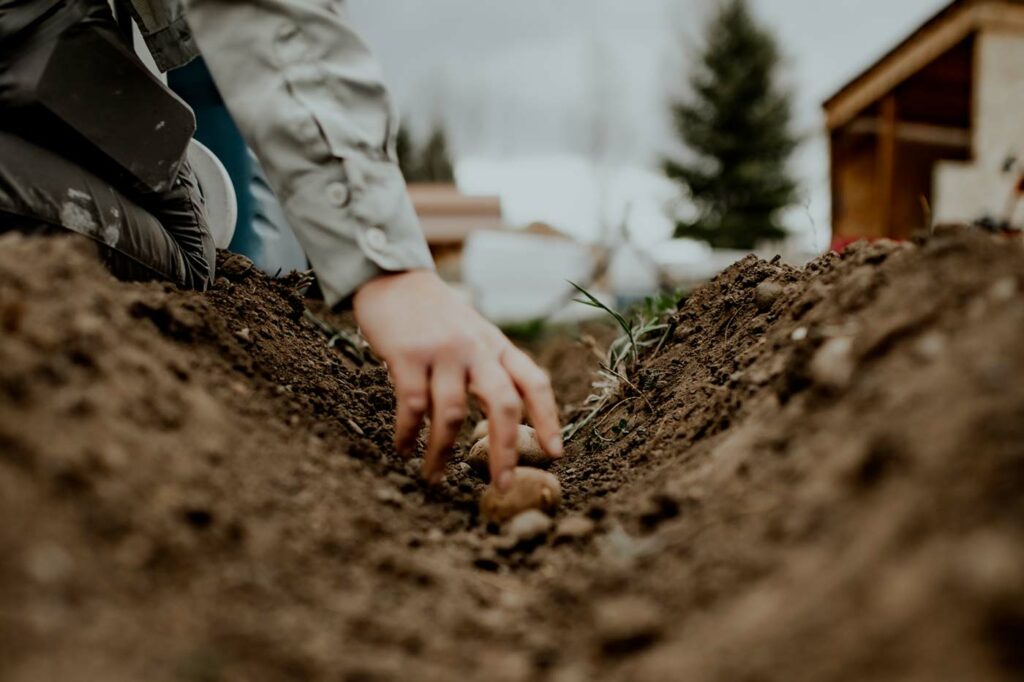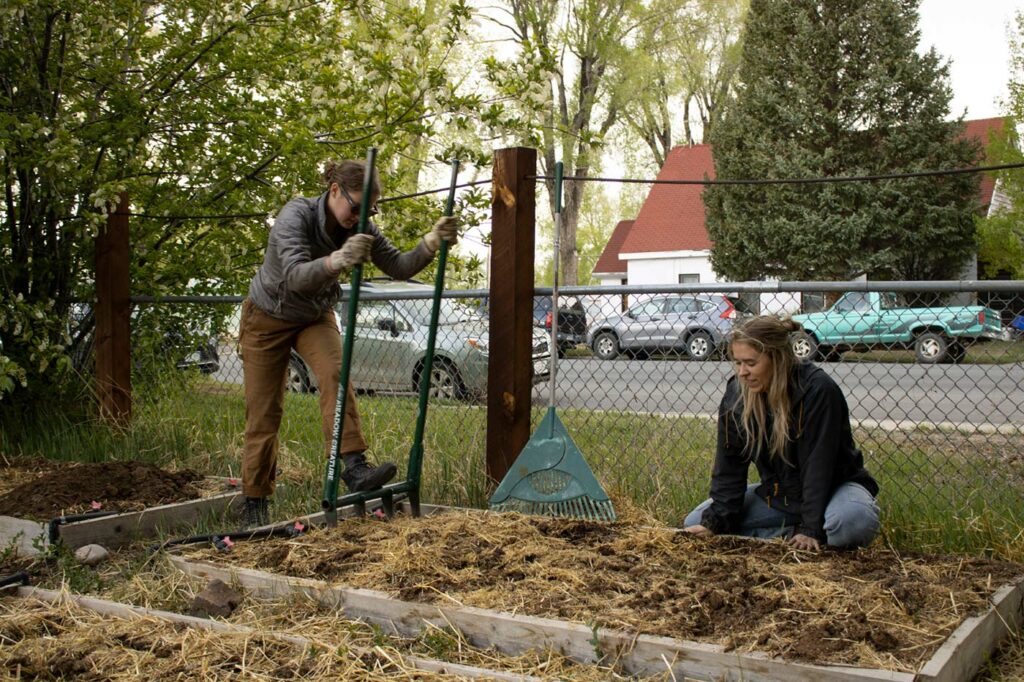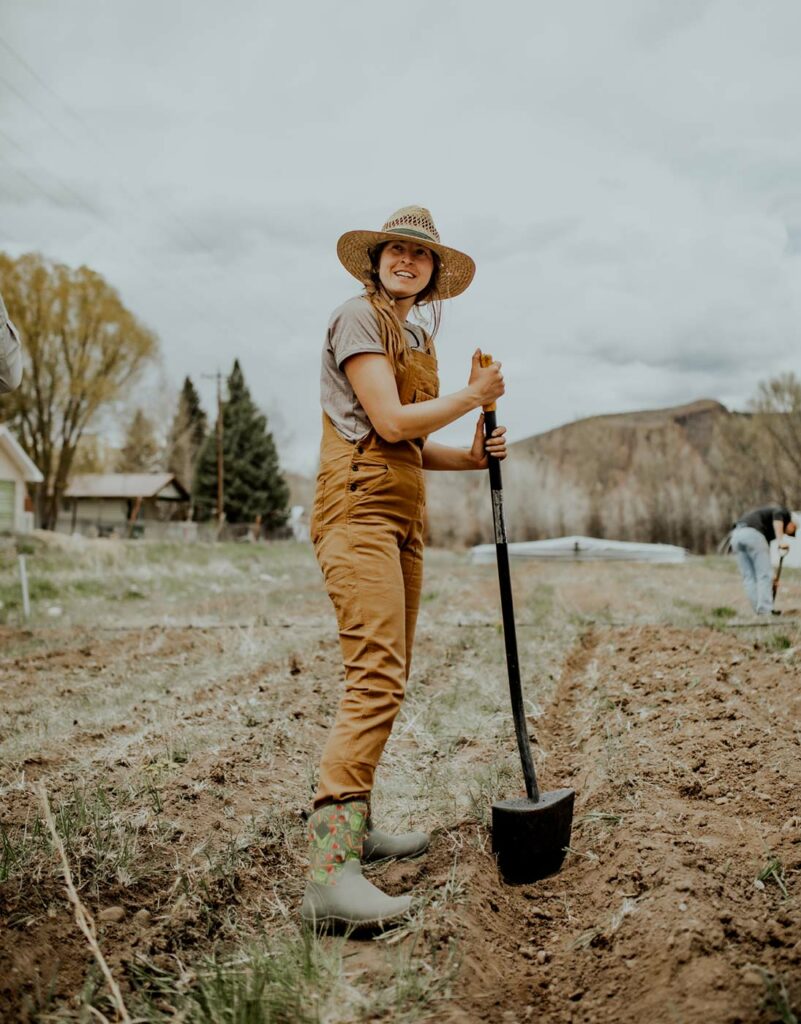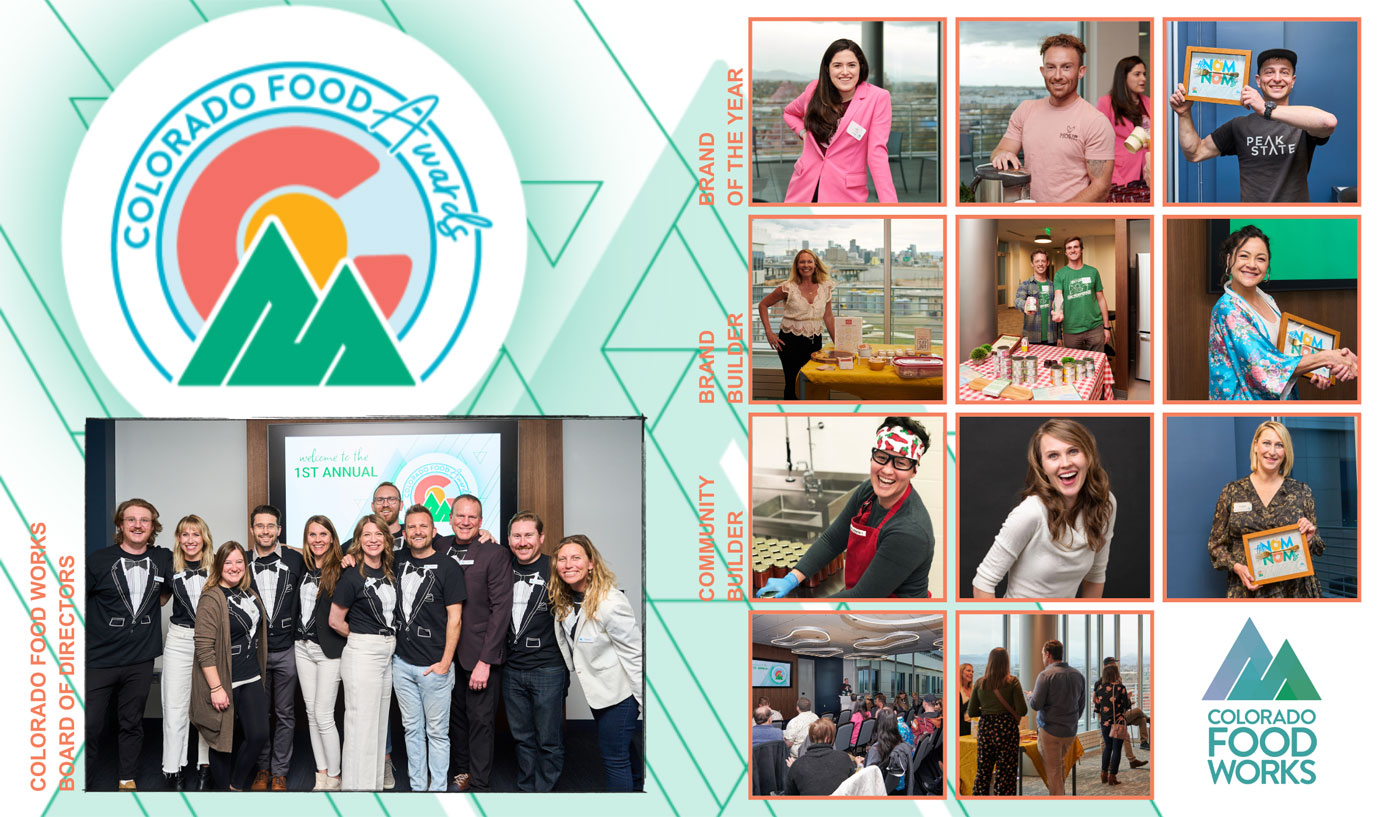For home gardeners, staying in tune with the seasons is a huge part of a successful harvest year after year. Here in Colorado, it is time to think about winterizing your garden! With one of the most difficult growing regions in the country, it’s imperative to take care of your garden to ensure a successful season next year.
In short, here’s what you need to know about winterizing your garden:
First, remove all weeds from your garden. Then, incorporate compost and/or manure into the top 2” of soil. Finally, mulch with straw or cover with a tarp. Mulching / tarping helps keep weed pressure down and provides extra warmth for the soil ecosystem (worms, microbiome etc). Heavily mulch perennial plants with straw to help insulate and increase wintertime survival rates.
If you want to replace your lawn with food crops or native plants, here’s a simplified four-step process:
- Mow the area (leave grass clippings as they are a great source of nitrogen)
- Cover with a couple layers of cardboard and a layer of mulch/compost
- Leave overwinter to smother weeds and allow cardboard to break down
- Come spring, weed, if necessary. Then, proceed to plant your new plants!
This is also a great time to test your soil to know what amendments (any material added to a soil to improve its physical properties, such as water retention, permeability, water infiltration, drainage, aeration and structure) to add!

How to Test Your Soil
Autumn, after the rush of the summer season, is also a great time to test your soil. Soil testing is recommended every three to five years and is the best way to tell which amendments and nutrients your garden needs. Many soil testing sites will also give personalized recommendations based on your results! After the last of the harvest and before the ground freezes is the sweet spot to “put your garden to bed” through winterizing.
First, remove all weeds, then work any garden amendments into the top 2-4” of soil. At Mountain Roots, we recommend natural inputs such as worm castings, blood/bone meal and composted organics such as manure or food scraps to support a healthy soil ecosystem. (A note on manure: source matters! Herbicides can pass through the guts of animals and consequently affect plant growth). To stay organic when purchasing garden amendments, look for OMRI certified products.
Going the Extra Mile
Consider Cover Crops
After your summer harvest, consider planting “cover crops” such as clover, winter rye or vetch. These plants break up compacted soils, improve water infiltration, add organic matter and fix nitrogen. Till the green growth into the soil in the fall as green manure or leave the plants over winter to work into the soil come spring.
At the Mountain Roots Food Project, we focus on regenerative growing practices that enhance soil diversity and whole ecosystem health, avoiding synthetic chemical fertilizers and pesticides—cover cropping is one of these regenerative methods!

Plant Garlic and Greens
Fall may feel like the end of the growing season, but is actually the best time to plant
garlic. You can source garlic heads from your local farmers market, then break each one into individual cloves, leaving the skin on to help protect from fungus. Plant each clove 4” deep, 6” apart, with the root end down. Then mulch with straw or dried, seed-free grass. Bulbs hibernate over winter and begin sprouting in spring!
You can also plant cold-hearty greens such as spinach, kale, or chard for a year-round harvest. To insulate your plants and extend the growing season, install metal or PVC pipe hoops about 2’ tall over your garden beds, then cover them with row cover, a fabric specifically made to insulate plants while still allowing the sun to penetrate. Old sheets or blankets can also be used but make sure to uncover your plants during the day to allow sunlight in.
Finally, mulch with straw or cover with a tarp— this helps keep weed pressure down and provides extra warmth for the soil ecosystem, including worms and the ever-important soil microbiome. In the spring, simply remove the mulch or tarp and proceed to plant!
Remember that gardening is an ever-evolving practice. Patience, experimenting and sharing ideas with others in your community can all have grand and positive effects on your gardening journey.
Isabel Rosenstein is the Food Security Coordinator for Mountain Roots Food Security Project.



